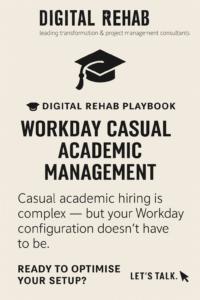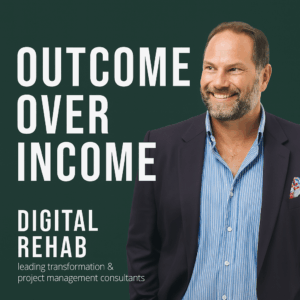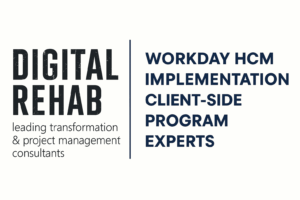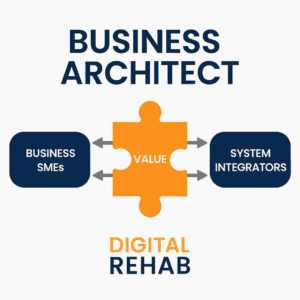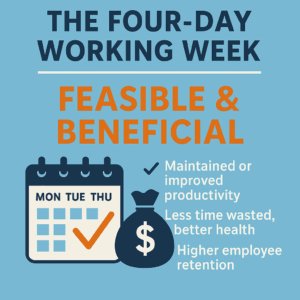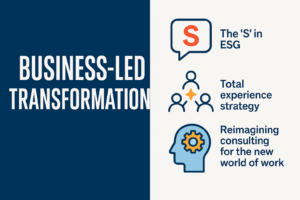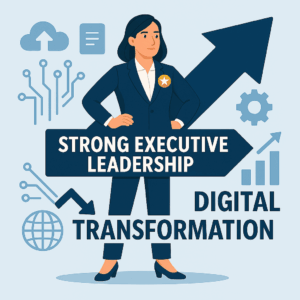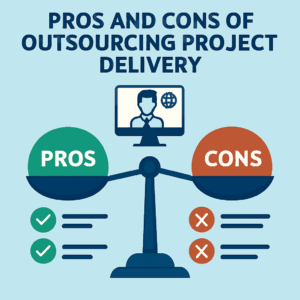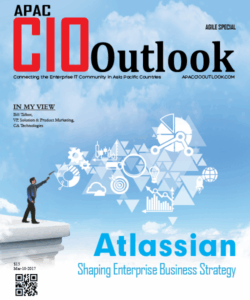Musings today center around:
- the power and efficiency wins realised through agility,
- ways and means to reduce the rarely valuable, obligatory meetings from peers, and
- the need for institutions to cutback on ‘over populating’ program/project teams
Management consultancy McKinsey & Co says rapid decision-making is one of five traits of agile organisations. Action-oriented decision-making is central to agility. Staff are empowered to make fast decisions and there are fewer approval layers.
More companies are trying to move to an agile model of smaller, self-contained, empowered and networked teams. The goal is to become adaptive and entrepreneurial in the digital economy and better able to hold up against aggressive and nimble start-ups efforts to take competitive market share.
Compare this approach to organisations that decide by consensus. A team, usually larger than needed, forms around a project and the leader will not cull staff from the decision-making process for fear of offending them. Decision timelines are fluid and all too often balloon out of control, leading to budget overruns and quality/scope compromises.
Too many people attend meetings, slowing the process, and meetings take forever to organise as diaries are checked, or are delayed when people are away. Phone or video conferencing is used because staff are scattered across locations, further dulling meeting effectiveness and torturing attendees. Doe this all sound very familiar?
Each person reviews the project online,. The project is exposed to other teams in the organisation, leading to unnecessary changes from people who are too far away to make informed decisions that ultimately impact on the end result, be it new products/services or customers.
This consensus decision-making style creates grinding, soul-destroying progress. The team leader wants to be inclusive, encouraging and supportive for staff, so listens to all opinions and factors them into the final product. The importance of the ‘Customer’ or end user/audience is lost somewhere in the process.
Worse, the project lacks authenticity and a voice. The internal process is more about internal politics and self-promotion than exceeding customer expectations.
Compare that to an agile approach where a small, empowered team drives the project. The focus is on rapid project iteration and tight deadlines, and few and short meetings. Less talk, more action!
Too many organisations have allowed technology to lengthen rather than shorten decision-making processes.
Crucially, the team leader owns the project. They make quick decisions, confident in their skill and accountability for the finished product. They take risks and can talk on their feet, have strong self-belief and get things done.
Their communication is authentic and stakeholders believe the message because they can tell it has not been work-shopped.
Too many organisations have allowed technology to lengthen rather than shorten decision-making processes and been seduced by political correctness and a consensus style. Risk aversion in product launches in endemic.
The underlying problem is companies not auditing decision-making processes. They do not realise a dozen people were involved in the project when it needed only three or four, or that two of the five approval layers were unnecessary and hurt agility.
Next time you work on a new project, ask yourself: How many people were involved and did each need to be there? How many reviewed the project and were all reviews necessary? How many approval layers were required and was there too much decision-making by group consensus?
Every company and project is different but if more than a handful of key people are involved in the main review process, ask why. There might be a good reason, but as organisations grow they usually have more people and diaries to fill with unnecessary work.
Inspired by Tony Featherstone’s article in SMH on 14th June 2018




